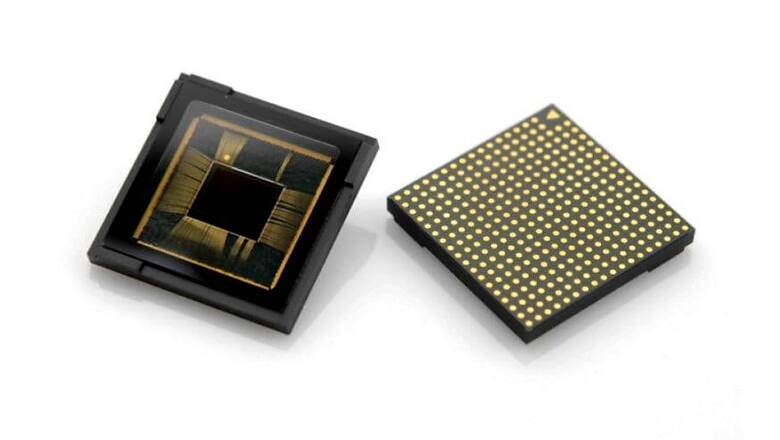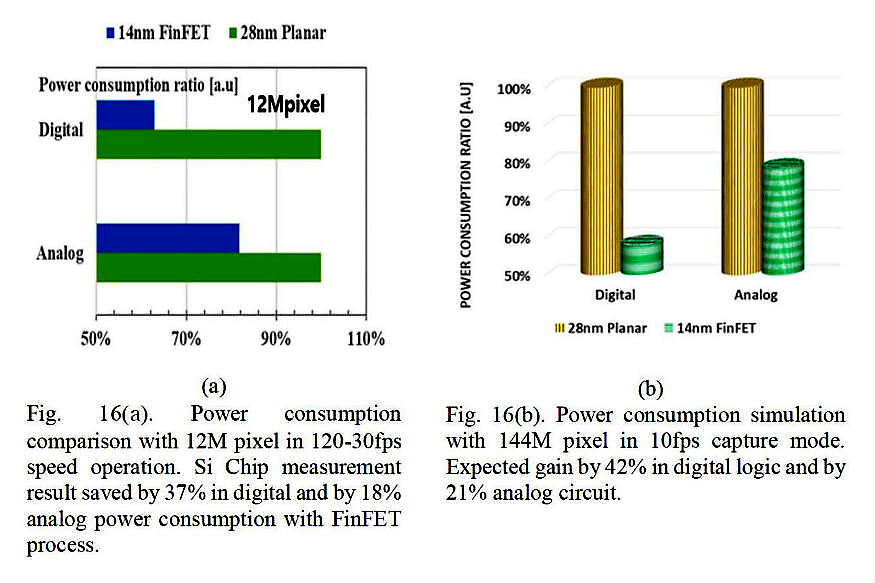
views
Smartphone photography has evolved and progressed in leaps and bounds of late, particularly with the advent of high resolution sensors. After the rise of 48-megapixel and 64-megapixel sensors, Samsung breached the triple-digit figure with its 108-megapixel ISOCELL sensor. Now, a new report, courtesy of a post by Twitter user Ice Universe, suggests that Samsung is working to push the boundary further with a new sensor that comes with a staggering 144 million pixels. In other words, what we are looking at is the world's first 144-megapixel mobile image sensor.
Crazy, Samsung is planning to use a 14nm process to make 144MP sensors. pic.twitter.com/H9PvLUuqYY — Ice universe (@UniverseIce) December 16, 2019
The existence of such a sensor is seemingly mentioned as part of an internal document that details the advantages of Samsung's 14nm FinFET chipset fabrication process. The document in question details the power efficiency advantages of Samsung's new chipset manufacturing process, and how it allows a mobile device to make use of such high resolution sensors while keeping battery consumption in check.
If the documents are assumed to be authentic in-house R&D pages, Samsung reads a clear trend of how more refined production of the die has been required as image sensors have progressed. Figure 2 of the document shows how 10-megapixel image sensors in use today use up to 100nm logic nodes, and the more recent, near-100 megapixel sensors use more refined, 28nm nodes. This is important, since higher pixel count coupled with technologies such as pixel binning and fast image processing times typically require considerable power draw from the image signal processor (ISP) and chipset co-processors. If left to older nodes, these would take up too high a power draw for smartphone batteries to accommodate, and in turn, become practically unusable in phones.

The next diagrams, in figures 16a and 16b of the documents, show the clear power draw advantage that using the 14nm nodes would offer. Here, a 12-megapixel sensor is configured with both 28nm and 14nm nodes, and used at 120fps tune of operation. The power draw clearly shows higher efficiency of over 35 percent in digital operations of the sensor, and nearly 20 percent in analogue operations. As such, Samsung assumes that this would facilitate a sensor like the proposed 144-megapixel one, and the latter is evidently in lab production, as figure 16b of the document describes how similarly configured ones draw power. With the new die, such a sensor would draw 20 percent lesser power in analogue operations, and over 40 percent in digital.
In more consumer terms, if the document holds true, then Samsung is indeed considering such a sensor to be put in production using more refined, 14nm logic nodes. This is further corroborated in a WCCFtech report, which states that Samsung also mentioned using the 14nm process for imaging applications, when attending IEEE's IEDM conference earlier last week. Furthermore, Qualcomm has already stated that its Spectra ISP in the Snapdragon 855 was already good enough to support up to 192-megapixel image sensors in terms of the processing power, and the ISP paired with the latest Snapdragon 865 SoC should do even better.
In terms of smartphone photography, the presence of such a vast number of pixels on sensor may be used for multiple aspects — improving on-sensor autofocus performance, extracting richer details in each photograph, and even processing higher frame rate photography in burst mode. While smartphone imaging is already quite refined, this would take the overall performance a notch further, and bring it even closer to dedicated cameras. While this is reason to be excited enough, such a camera is presumably some distance away, and we would not expect it in a production smartphone until at least end-2020.


















Comments
0 comment